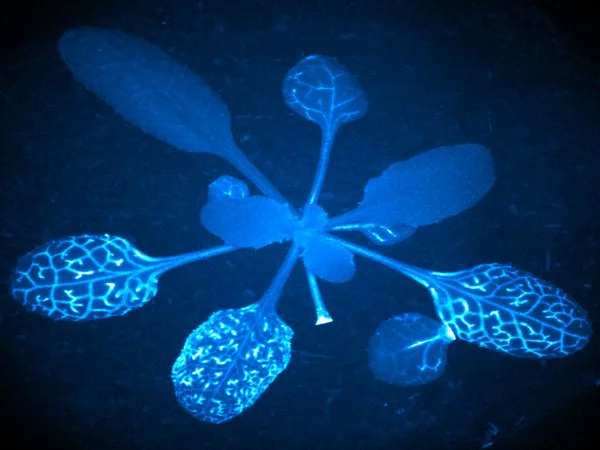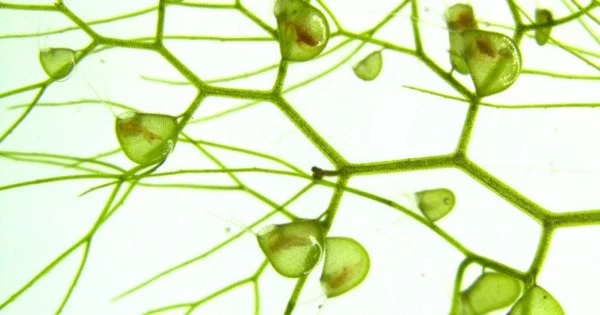Limonoids are a type of chemical compound found in citrus plants and are known to have insecticidal properties. The secret recipe mentioned in the statement may refer to a method of using limonoids in a way that is specifically targeted towards crop pests while being less harmful to beneficial insects like bees.
Innovative research has revealed the secret of how plants produce limonoids, a class of valuable organic chemicals that include bee-friendly insecticides and have anti-cancer potential. The team, a collaboration between the John Innes Centre and Stanford University, used cutting-edge methods to reveal the biosynthetic pathway of these useful molecules, which are produced by certain plant families such as mahogany and citrus.
The John Innes Centre research team used genomic tools to map the genome of Chinaberry (Melia azedarach), a mahogany species, and combined this with molecular analysis to reveal the enzymes in the biosynthetic pathway, according to the study published in Science.
“By finding the enzymes required to make limonoids, we have opened the door to an alternate production source of these valuable chemicals,” explained Dr Hannah Hodgson, co-first author of the paper and a postdoctoral scientist at the John Innes Centre.
Plants produce a wide range of specialized metabolites that can be beneficial to humans. We are only now beginning to understand how plants produce complex chemicals such as limonoids.
Professor Anne Osbourn
Until now limonoids, a type of triterpene, could only be produced by extraction from plant material.
Dr. Hodgson explains, “Their structures are too complicated to efficiently make by chemical synthesis. With the knowledge of the biosynthetic pathway, it is now possible to use a host organism to produce these compounds.” she added.
Armed with the complete biosynthetic pathway researchers can now produce the chemicals in commonly used host plants such as Nicotiana benthamiana. This method can produce larger quantities of limonoids in a more sustainable way.
The discovery of this “secret recipe” could have significant implications for the agricultural industry, as it may provide farmers with a new, more environmentally friendly way to protect their crops from pests. By reducing the use of harmful pesticides, farmers can help to protect the health of pollinators like bees, which play a crucial role in the production of many crops. However, it is important to note that further research is needed to fully understand the effects of this new method and to determine whether it is truly effective and sustainable in the long term.

Increased limonoid supply may allow for more widespread use of azadirachtin, an anti-insect limonoid derived from the neem tree and used in commercial and traditional crop protection. Azadirachtin is an effective, fast-degrading, bee-friendly crop protection agent that is in short supply.
The researchers created two relatively simple limonoids, azadirone from Chinaberry and kihadalactone A from citrus, and believe that the methods they used can now be used to create more complex triterpenes.
Professor Anne Osbourn, group leader at the John Innes Centre and co-corresponding author of the study said: “Plants produce a wide range of specialized metabolites that can be beneficial to humans. We are only now beginning to understand how plants produce complex chemicals such as limonoids. Prior to this project, their biosynthesis and the enzymes involved were unknown; now, the way is clear for future research to build on this knowledge, which could benefit people in a variety of ways.”
Another high-value limonoid that the team hopes to produce is the anti-cancer drug candidate nimbolide; this work could facilitate easier access to limonoids like nimbolide for further research. In addition to producing known products such as nimbolide, the research team believes the door may be opened to understanding new activities for limonoids that have yet to be investigated.





